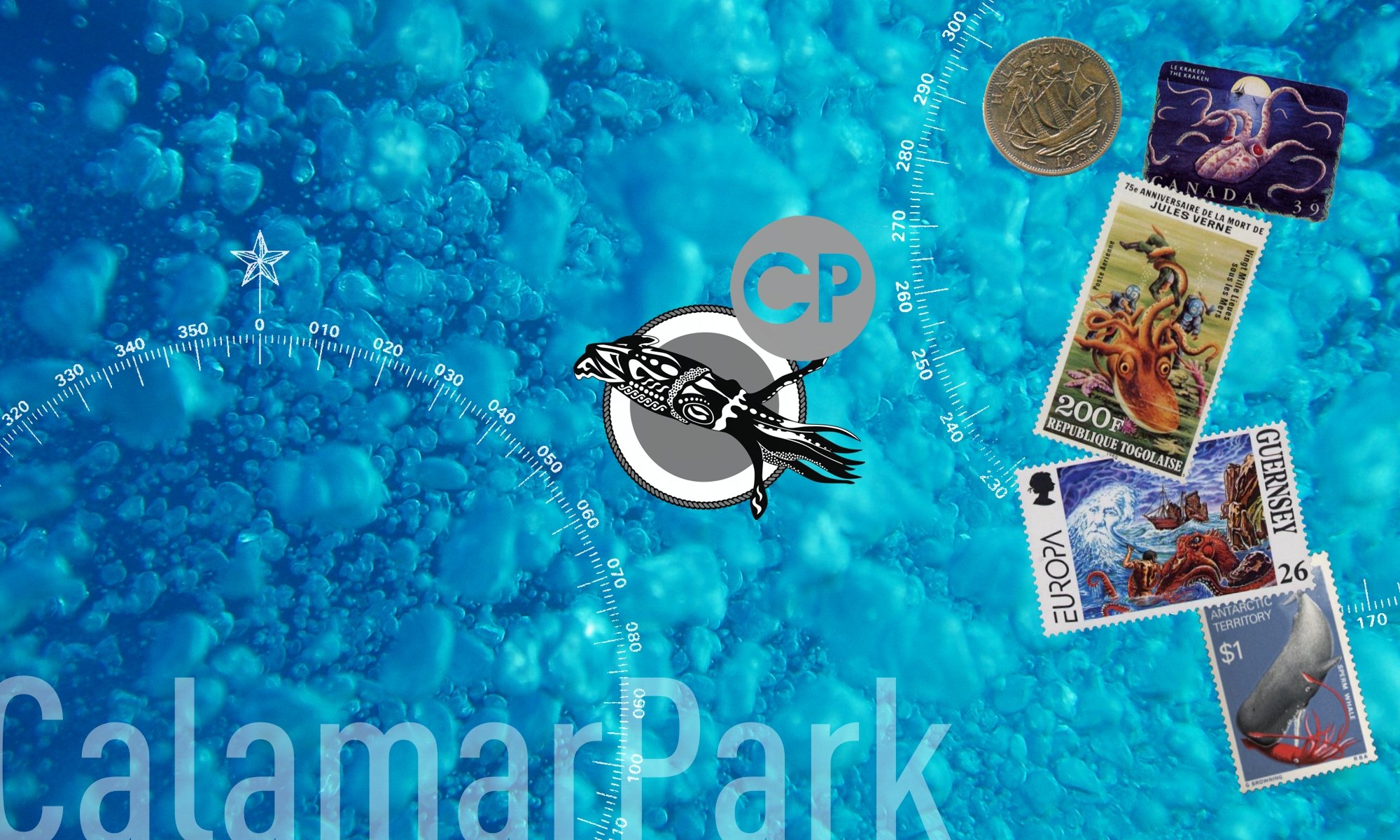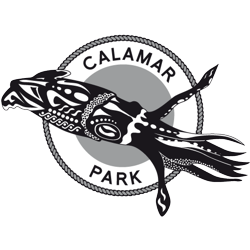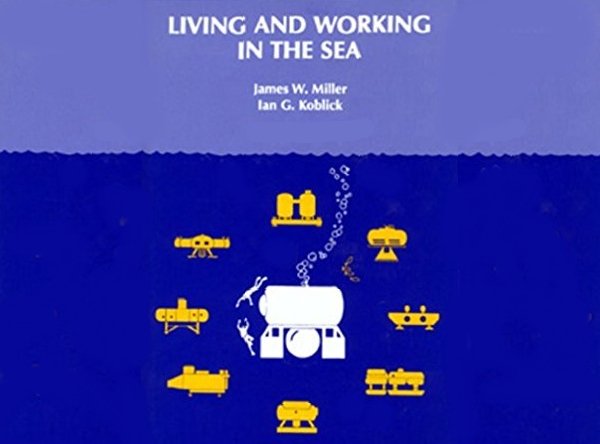 (For English please scroll down) (Update 17.01.) Nachdem wir uns mit Dr. Jim Miller und Ian Koblick auf eine Übersetzung ihres Buches ‘Living and Working in the Sea’ ins Deutsche und insbesondere vom anglo-amerikanischen ins metrische Maßsystem geeinigt haben, können wir nun bekanntgeben, dass die Übersetzung inzwischen abgeschlossen ist. Momentan arbeiten wir an der Durchsicht und hoffen, in Kürze die Veröffentlichung beginnen zu können. Mit letzterem ist innerhalb der nächsten zwei Monate zu rechnen. Continue reading “Living and Working in the Sea”
(For English please scroll down) (Update 17.01.) Nachdem wir uns mit Dr. Jim Miller und Ian Koblick auf eine Übersetzung ihres Buches ‘Living and Working in the Sea’ ins Deutsche und insbesondere vom anglo-amerikanischen ins metrische Maßsystem geeinigt haben, können wir nun bekanntgeben, dass die Übersetzung inzwischen abgeschlossen ist. Momentan arbeiten wir an der Durchsicht und hoffen, in Kürze die Veröffentlichung beginnen zu können. Mit letzterem ist innerhalb der nächsten zwei Monate zu rechnen. Continue reading “Living and Working in the Sea”
Worst Case: Habitat Flooding
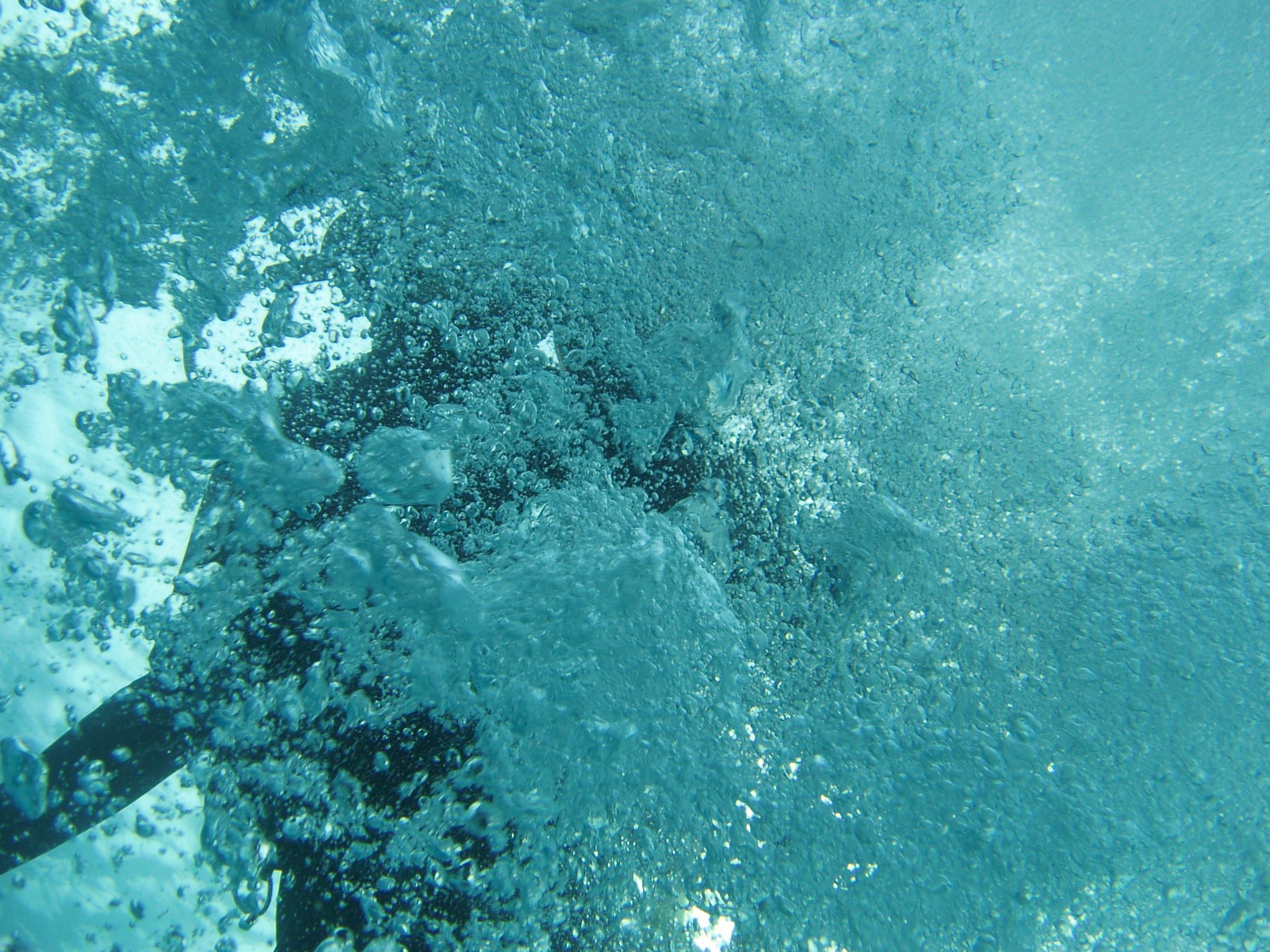 (Update 29.11.2020: added object securing)
(Update 29.11.2020: added object securing)
This section is about the Worst Case Scenario ‘Habitat Flooding’, its prevention and handling.
It covers the following sections:
- Coverage
- Introduction
- Hull Breach
- Habitat Tilt
- Safety Zone
- Preventive Measures
- Emergency Procedure
Our extensive analysis and proposals are part of the design manual.
Image by CalamarPark
Hypodynamia of the Eyes
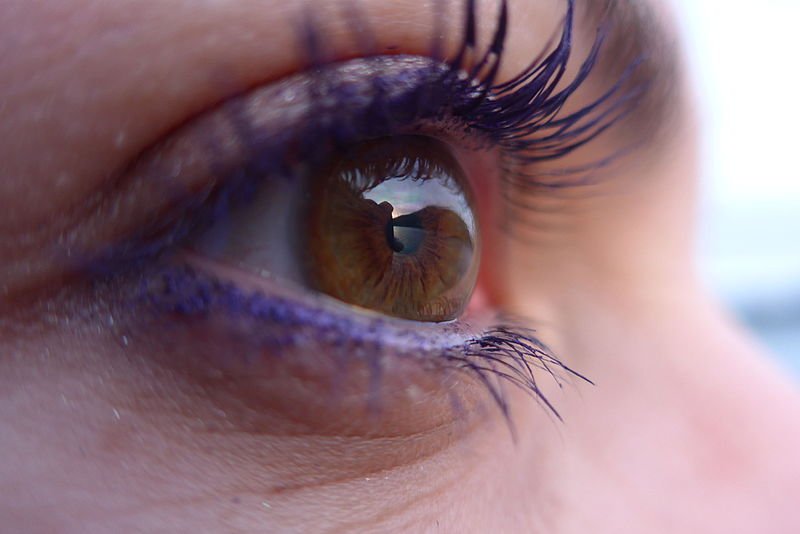 This chapter describes an estimation of probable hypodynamia/atrophy of the eyes as a potential health risk during long-term durations in an undersea habitat. Continue reading “Hypodynamia of the Eyes”
This chapter describes an estimation of probable hypodynamia/atrophy of the eyes as a potential health risk during long-term durations in an undersea habitat. Continue reading “Hypodynamia of the Eyes”
HiCan Bed
 I know, it’s a bit off the topic, but if we succeed one day to have a kingsize underwater habitat, I want one of these !!! Get all information on the HiCan project on hi-can.com
I know, it’s a bit off the topic, but if we succeed one day to have a kingsize underwater habitat, I want one of these !!! Get all information on the HiCan project on hi-can.com
Wireless Sensor Network (WSN)
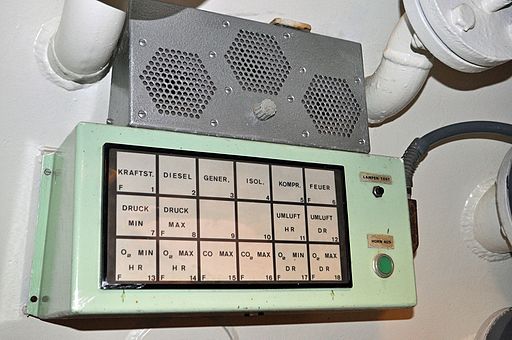 Several years ago Benjamin proposed a system of sensors inside the habitat measuring all necessary parameters like oxygen, carbon dioxide etc. and communicating among each other. Last days we talked about it again and found out, that it would still be a good solution. So we decided to publish it here again. Below you find the original thread, translated from German: Continue reading “Wireless Sensor Network (WSN)”
Several years ago Benjamin proposed a system of sensors inside the habitat measuring all necessary parameters like oxygen, carbon dioxide etc. and communicating among each other. Last days we talked about it again and found out, that it would still be a good solution. So we decided to publish it here again. Below you find the original thread, translated from German: Continue reading “Wireless Sensor Network (WSN)”
Augmented Reality Underwater
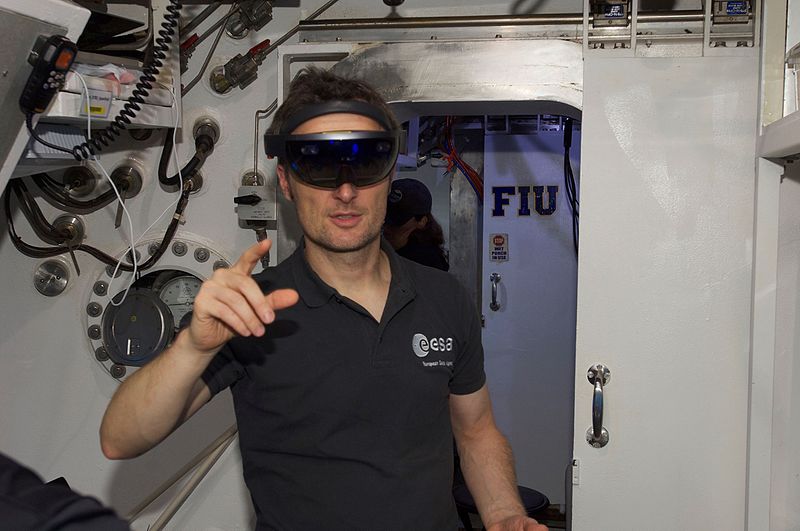 How helpful would it be to have Augmented Reality underwater in a closed environment like an Undersea Station? NASA experimented with Augmented Reality (AR) or Mixed Reality (MR) by using Microsofts HoloLens at the Aquarius Reef Base off the coast of Key Largo, Florida, in late July/August 2015. Potential astronauts used the device for tasks like checking emergency breathing equipment. Therefore they were going through a series of steps ranging from turning valves to finding and plugging in equipment, and setting up equipment to support an undersea robot. Continue reading “Augmented Reality Underwater”
How helpful would it be to have Augmented Reality underwater in a closed environment like an Undersea Station? NASA experimented with Augmented Reality (AR) or Mixed Reality (MR) by using Microsofts HoloLens at the Aquarius Reef Base off the coast of Key Largo, Florida, in late July/August 2015. Potential astronauts used the device for tasks like checking emergency breathing equipment. Therefore they were going through a series of steps ranging from turning valves to finding and plugging in equipment, and setting up equipment to support an undersea robot. Continue reading “Augmented Reality Underwater”
Underwater Station: Virtual Porthole
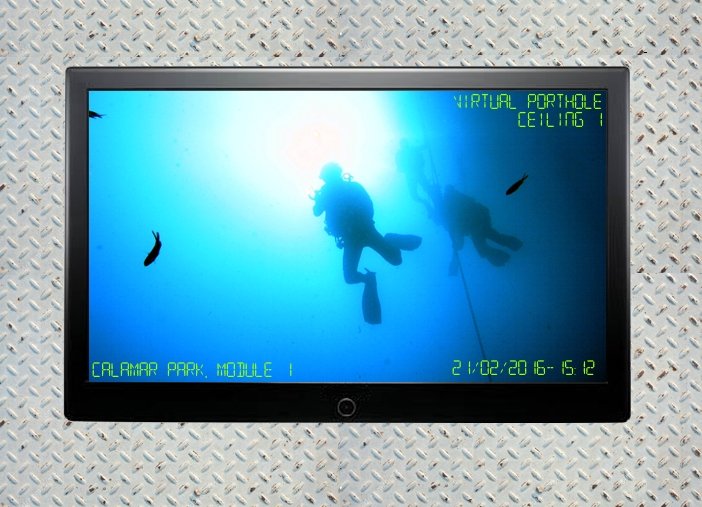 Here is an idea for a porthole where the structure of the underwater station does not allow to install one. For example on the ceiling, where penetrations of the shell should be strictly avoided in order to maintain the integrity of the emergency safety area in the upper part of the living area. The Virtual Porthole would consist of a camera on the exterior of the shell and a TV flat screen on same position inside the habitat. Continue reading “Underwater Station: Virtual Porthole”
Here is an idea for a porthole where the structure of the underwater station does not allow to install one. For example on the ceiling, where penetrations of the shell should be strictly avoided in order to maintain the integrity of the emergency safety area in the upper part of the living area. The Virtual Porthole would consist of a camera on the exterior of the shell and a TV flat screen on same position inside the habitat. Continue reading “Underwater Station: Virtual Porthole”
Aquanaut Decompression
 To stay in an underwater habitat longer than 12 hours means to stay under saturated conditions, which requires an aquanaut decompression sequence of at least several hours. This decompression procedure is very critical: if any aquanaut gets into an emergency situation, there is no way to take him out of the chamber before the sequence is finished. If the procedure is badly designed there is no way to bring a paramedic into the chamber. For the period of several hours the aquanaut would be alone with his companion. Contact us for access to the full article.
To stay in an underwater habitat longer than 12 hours means to stay under saturated conditions, which requires an aquanaut decompression sequence of at least several hours. This decompression procedure is very critical: if any aquanaut gets into an emergency situation, there is no way to take him out of the chamber before the sequence is finished. If the procedure is badly designed there is no way to bring a paramedic into the chamber. For the period of several hours the aquanaut would be alone with his companion. Contact us for access to the full article.
History of Underwater Habitats
 Check out Wikipedia for all information about the history of Underwater Habitats. We just finished the preparation for the same article on the German Wikipedia and will continue to add the results of our investigations there.
Check out Wikipedia for all information about the history of Underwater Habitats. We just finished the preparation for the same article on the German Wikipedia and will continue to add the results of our investigations there.
Image by Wikimedia Foundation
The UW Station Forum (2007-2012)
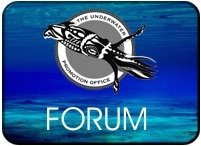 The first idea for an undersea station developed in 2007 with the opening of the Underwater Station Forum on UnderwaterPromotion.com. In the following 5 years we collected nearly 250 evaluated contributions on 34 subjects. Without counting all hits of bots and search engines we had more than 200.000 interested readers. The page might have been fatally hacked, but all these contributions were not lost. We distilled them and are still publishing the summaries on CalamarPark.com since 2016. Still it is an open-source project and we ask everyone interested in the subject to contribute his ideas and comments via the comment function under each post.
The first idea for an undersea station developed in 2007 with the opening of the Underwater Station Forum on UnderwaterPromotion.com. In the following 5 years we collected nearly 250 evaluated contributions on 34 subjects. Without counting all hits of bots and search engines we had more than 200.000 interested readers. The page might have been fatally hacked, but all these contributions were not lost. We distilled them and are still publishing the summaries on CalamarPark.com since 2016. Still it is an open-source project and we ask everyone interested in the subject to contribute his ideas and comments via the comment function under each post.
